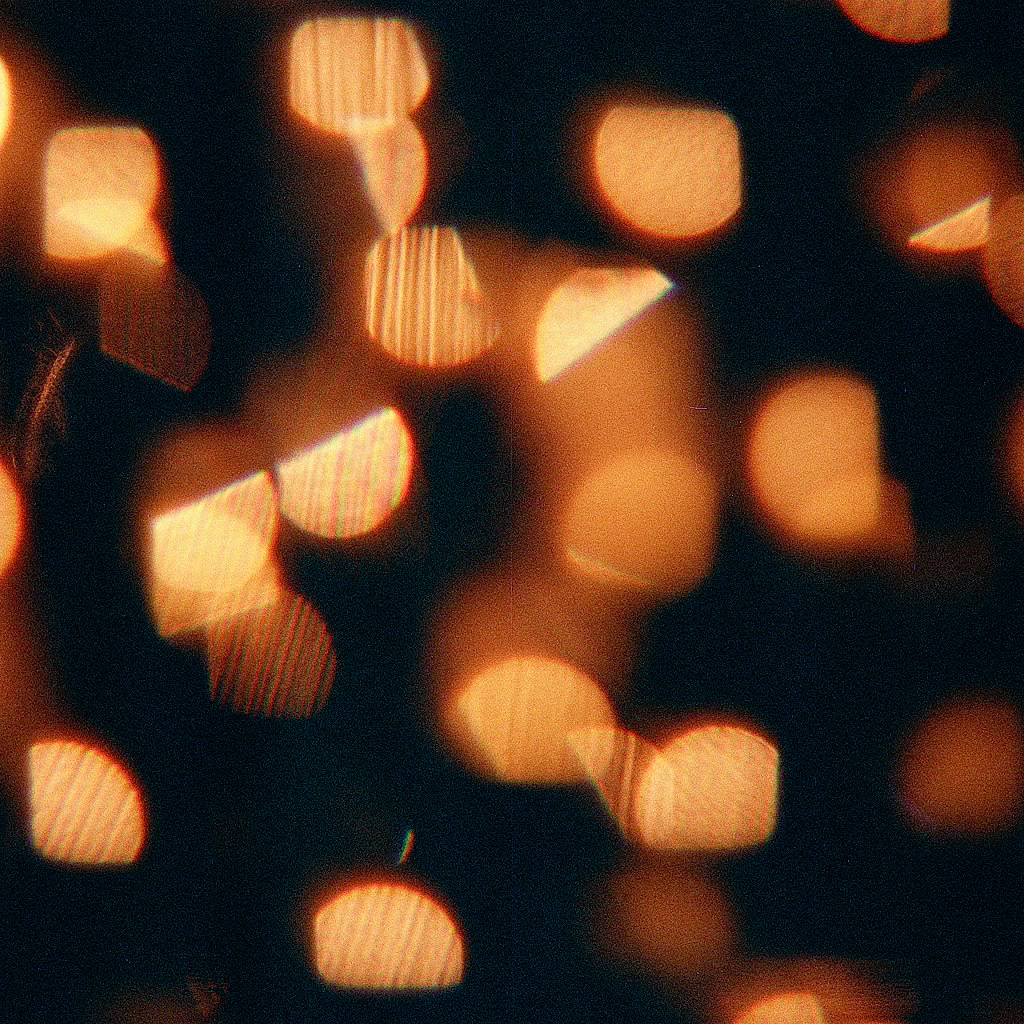Learn bokeh with Bibio
2 41British musician Bibio is famous for his kaleidoscopic sounds, and his love of bokeh. In fact his latest album is called Mind Bokeh. But what the hell does bokeh mean? Here are Bibio’s tips on how to get the best bokeh from your Diana F+ and close-up lens.

From Wikipedia
‘In photography, bokeh (Japanese pronunciation: [boke]) is the blur, or the aesthetic quality of the blur, in out-of-focus areas of an image, or the way the lens renders out-of-focus points of light.’
Bokeh is normally associated with lenses with large apertures that let in plenty of light. Large aperture lenses are usually capable of producing a shallow depth of field. ‘Depth of field is the distance between the nearest and farthest objects in a scene that appear acceptably sharp in an image.’ So the areas outside of this depth of field are out of focus and appear blurred or as ‘bokeh’. The Diana camera body itself only has a small aperture, and the smaller the aperture = the broader the depth of field, in fact pinhole mode produces a virtually infinite depth of field meaning no bokeh and virtually everything is in focus. But the Diana close-up lens is a way of producing what is effectively a shallow depth of field, where any object close to the camera will be in focus and anything further away will appear as bokeh. You may also wish to experiment holding other auxiliary lenses in front of your Diana to see its effect on the depth of field, of course you won’t know until you get the film processed, but that’s half the fun of analogue!
Yeah yeah but what does that look like? Well here’s some examples Bibio himself shot on the Diana F+
OK, that looks cool, so how do I do it?
You will need…
A Diana F+
A Diana close-up lens
Some high speed film such as Lomography 800 colour negative 120
-you can all of these things together and save money with the Bokeh Bundle
Some bright lights (Christmas lights are perfect!)
Set up your lights in whatever shape or pattern you like.
Put your close up lens on your Diana F+
Set the Diana to the ‘B’ setting – this means the shutter will stay open for as long as you hold the shutter release button down.
Leaving the lens cap on, put the Diana onto a solid surface a metre or so away from the lights
Push down the shutter release button, and lock in that little plastic lightening bolt to hold it down (yeah, I bet you always wondered what that was for!)
The shutter is now open, so carefully take off the lens cap for a few seconds (around 5 – 15 works well)
replace the lens cap, release the shutter, and wind on to the next frame.
Niiice! With this technique you can create endless cool patterns, hypnotic effects, and best selling album covers. Try out different light sources, see what happens if you move the lights, introduce the light painting techniques you already know for a softer, dreamier effect
This technique works with any camera with a close focus. So if, for example, you have a canon ae-1, you could run a roll through that to get the lights, and then double expose them through an lc-a+.
You can also experiment with filters – if you cut a small shape out of a piece of card, and affix the card over your lens, it will make the lights appear that shape.
Here are some great examples of bokeh used in different ways by lomographers



Mastered it? submit your best bokeh shots the Bibio x Lomography bokeh rumble and read Bibio’s LomoAmigo article
Bibio’s new album Mind Bokeh is out on March 28th (in the US) and April 4th (everywhere else)
Pick up a free track from it here
Get a second free track, hear more of the album and see more of Bibio’s photography and video work here
and finally, you can pre-order the album here
written by littlemisslove on 2011-03-28 #gear #tutorials #bokeh #tipster #london #uk #diana-f #lgs #bibio #top-tipster-techniques

























2 Comments